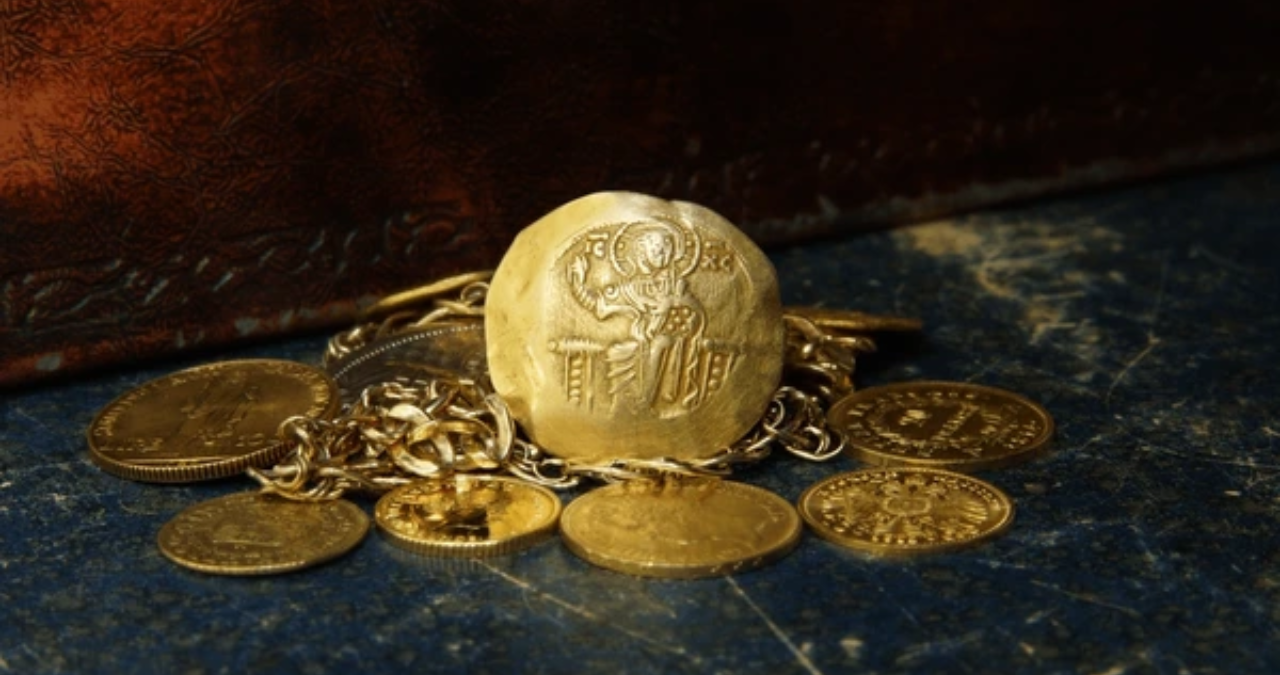Coins are not just a form of money; they hold the stories of our past. Many coins have become significant because of their rarity, the events they commemorate, or the period they represent. These coins provide a direct connection to history, representing art, culture, and politics of their time. Here, we’ll explore 15 of the most historically significant coins and why they continue to be valuable to collectors and historians.
1. Charlotte Medal (Australia, 1788)
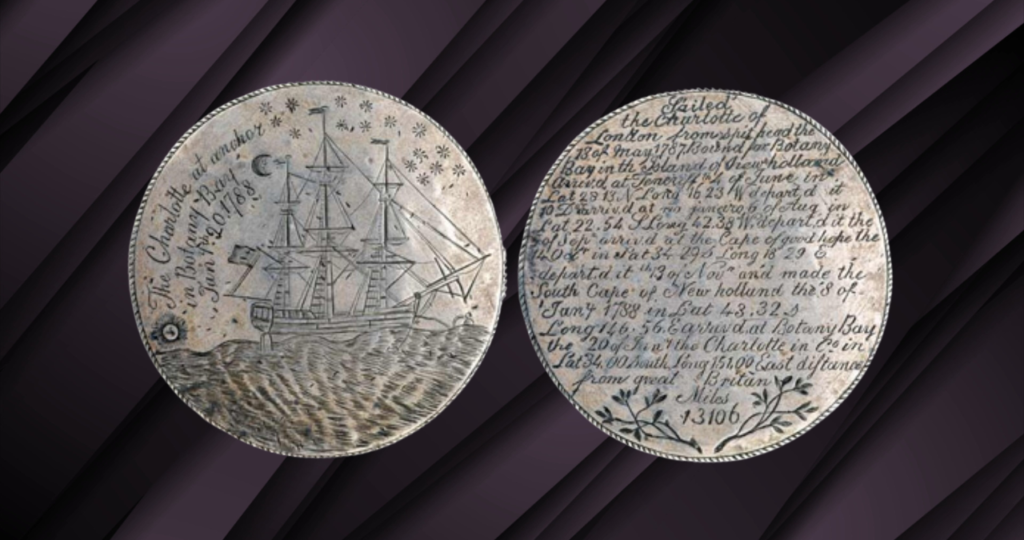
This silver medal is one of Australia’s most important historical pieces. It was made by Thomas Barrett, a convict on the ship Charlotte, during the first European settlement in Australia. The medal marks the voyage from England to Botany Bay and is a testament to the tough conditions faced by early settlers. Today, it’s seen as a symbol of resilience and is held by the Australian National Maritime Museum.
1936 Liberty Half Dollar: How This Historic Coin Became a Collector’s Treasure
2. Lydian Stater (Sardis, c. 550 BC)
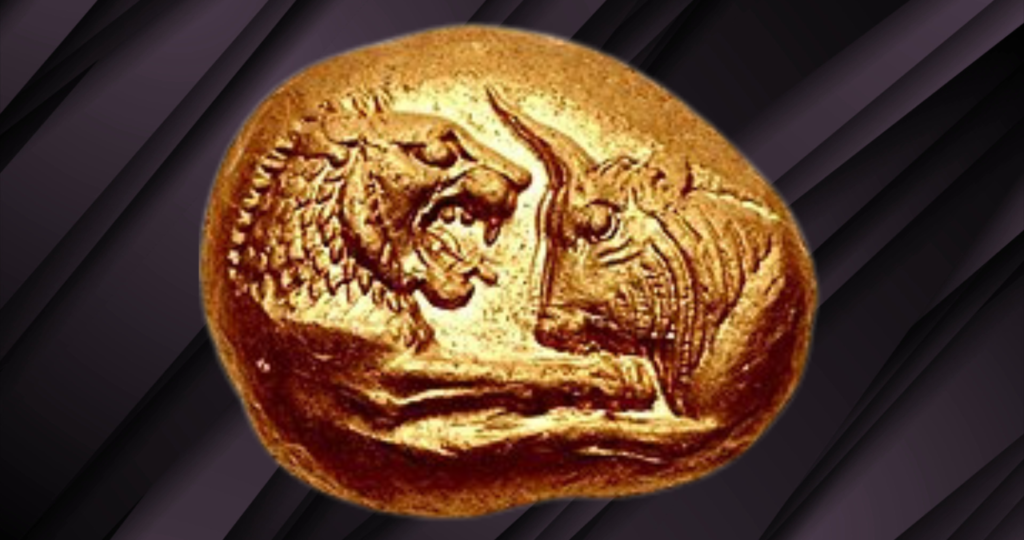
Often considered the first real coin, the Lydian Stater was a game-changer in the world of commerce. Made from a mix of gold and silver, this coin set a standard for currency that shaped the future of trade in the ancient world. It also introduced a fixed value system for coins, which lasted for centuries.
3. Athenian Tetradrachm (Greece, c. 455 BC)
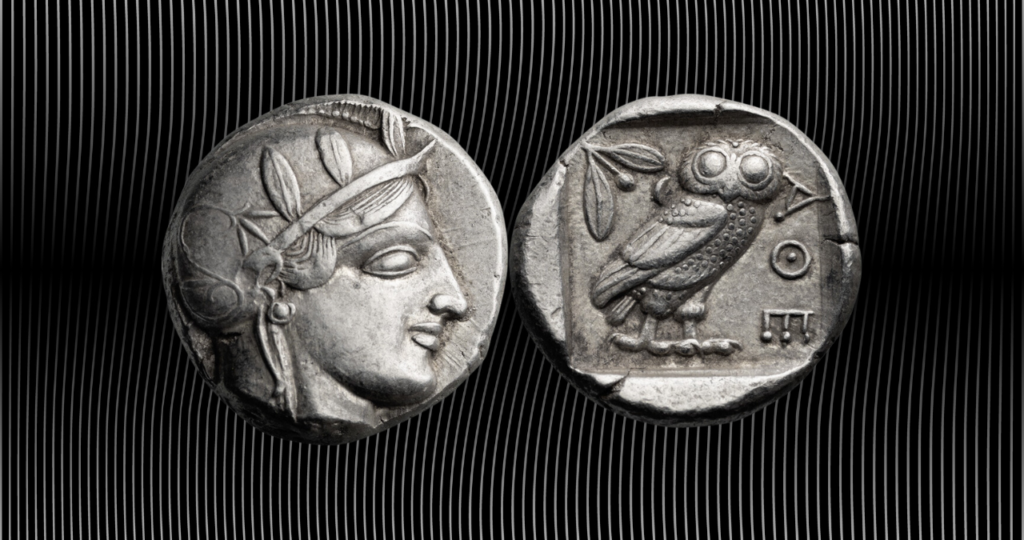
This silver coin became a symbol of ancient Athens’ power. With the owl of Athena on one side, it was trusted across the Mediterranean due to its consistent weight and value. The Athenian Tetradrachm helped Athens thrive as a trade hub, and its design became iconic, standing for wisdom and strength.
4. Alexander the Great Tetradrachm (Macedonia, c. 336-323 BC)
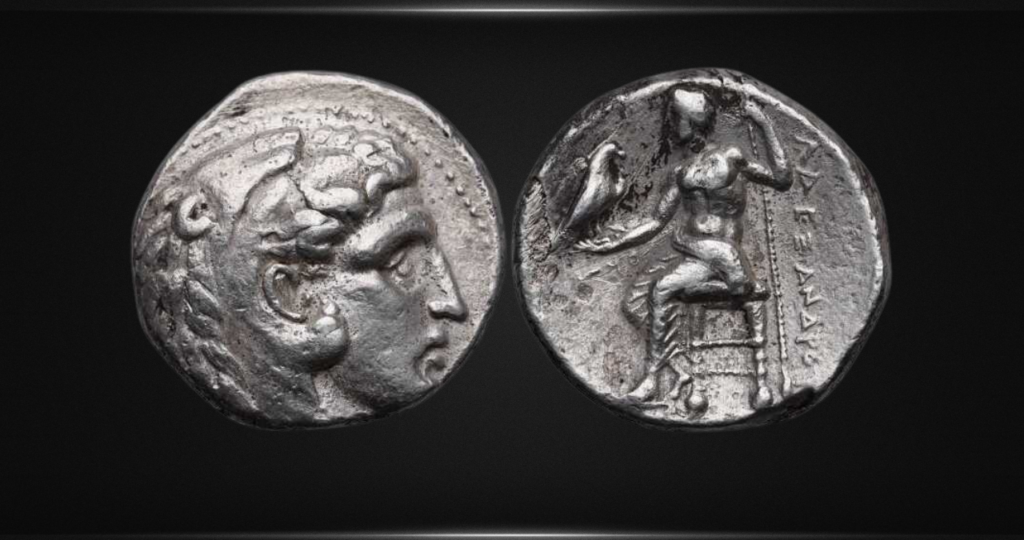
Minted during and after Alexander the Great’s conquests, this coin represented his vast empire. It features Hercules, symbolizing strength, and Zeus, symbolizing authority. These coins spread across Alexander’s empire, helping unify diverse cultures under one economy. Even after his death, the coin remained in circulation, proving the lasting influence of his reign.
5. Holey Dollar (Australia, 1813)

The Holey Dollar is a creative solution to a coin shortage in early Australia. Governor Lachlan Macquarie ordered Spanish dollars to be punched, creating two coins: the outer ring, called the Holey Dollar, and the inner piece, known as the Dump. This doubled the available currency and prevented coins from leaving the colony. It’s now a valuable piece of Australian history, symbolizing resourcefulness.
6. Caracalla’s Antoninianus (Rome, 215 AD)
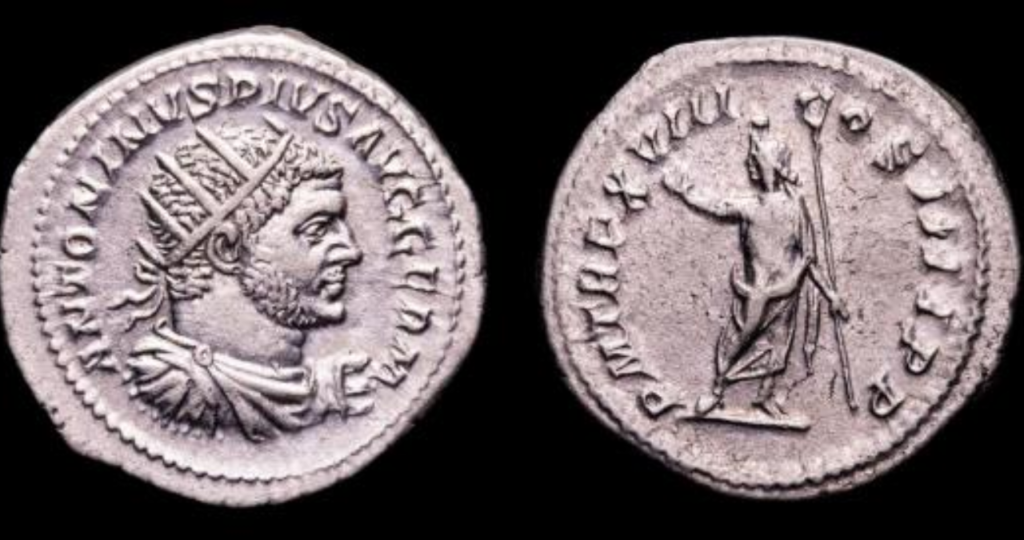
Introduced by Emperor Caracalla, the Antoninianus was meant to be a double denarius but had lower silver content. This coin reflects Rome’s economic troubles, as the Empire started relying on cheaper coins to fund its expenses. The resulting inflation and economic instability contributed to Rome’s decline.
7. Louis IX Gros Tournois (France, 1266)
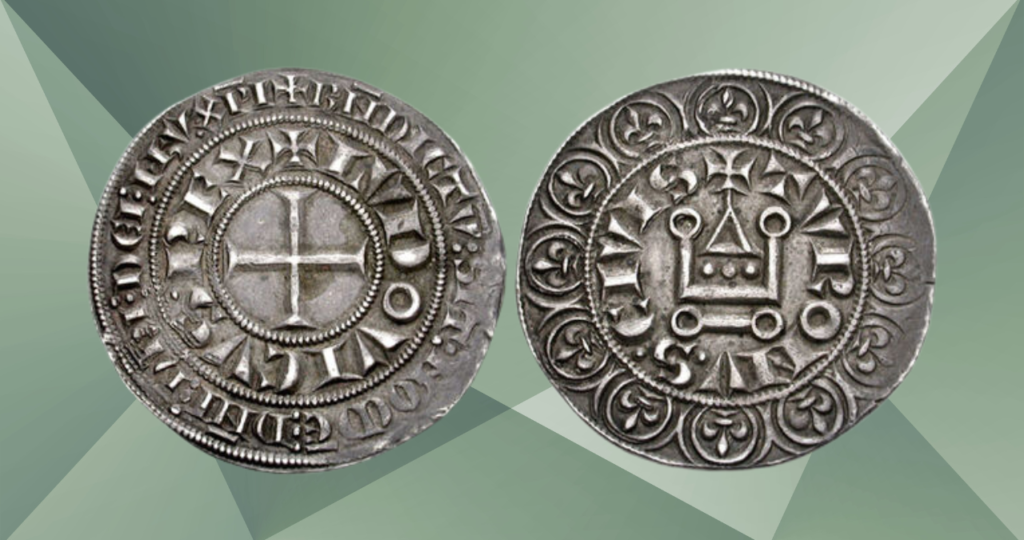
This large silver coin became essential for trade in medieval Europe. King Louis IX introduced the Gros Tournois to facilitate commerce, and it quickly gained popularity due to its reliability. It became widely accepted across France and other parts of Europe, symbolizing the growing interconnectedness of European economies.
8. Maria Theresa Thaler (Austria, 1740-1780)
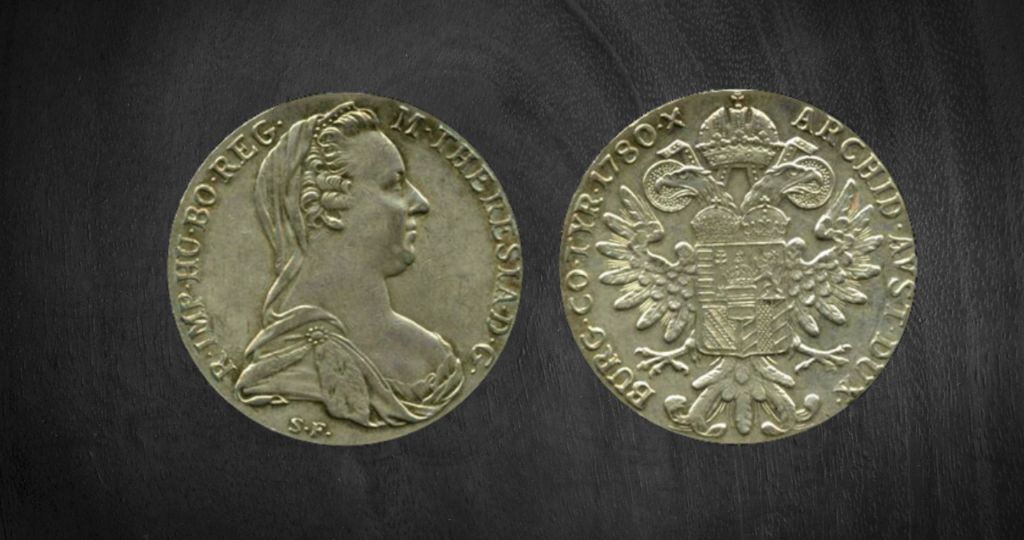
This silver coin became a global trade currency and was used across Europe, the Middle East, and Africa for centuries. With a portrait of Empress Maria Theresa, it was trusted for its high silver content and weight. It was even used as a standard currency long after her death, showing its widespread influence in global trade.
9. Sigismund’s Guldiner (Austria, 1486)
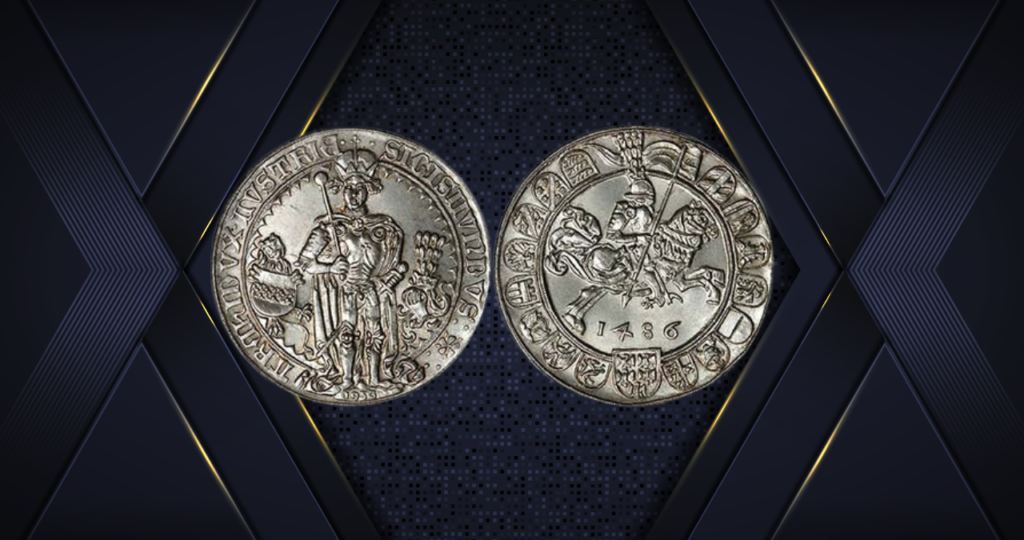
One of the first large silver coins in Europe, Sigismund’s Guldiner paved the way for modern currency. It replaced smaller coins and set the stage for the thaler, which later influenced the creation of the dollar. This coin played a key role in Europe’s monetary history and standardization of currency.
10. Charles III Real de a Ocho (Spain, 1808)
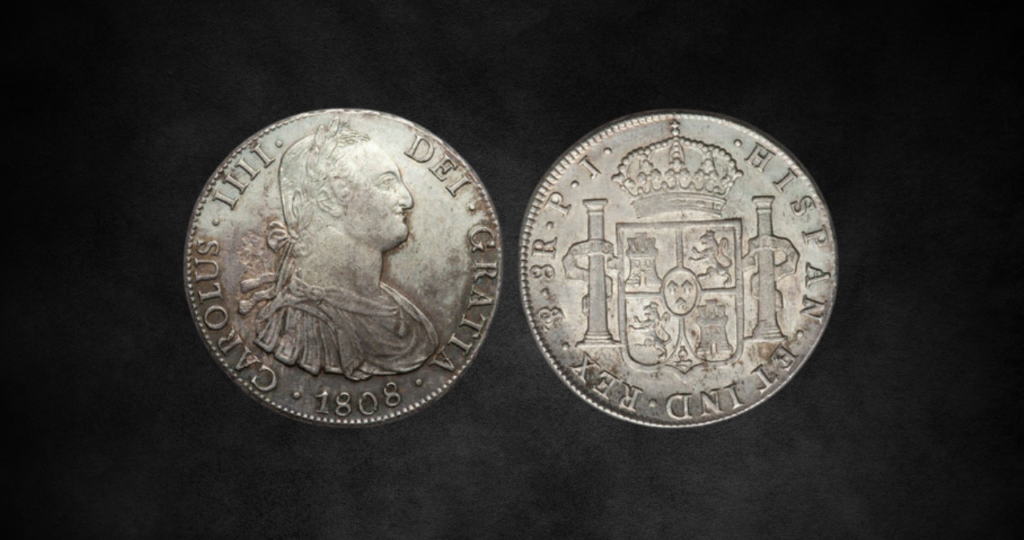
Known as the Spanish dollar or “Piece of Eight,” this coin was used worldwide for trade. It helped establish a global economy, becoming the first currency accepted across different continents. The Real de a Ocho influenced the creation of many modern currencies, including the U.S. dollar.
11. Napoleon’s 5 Francs (France, 1803)
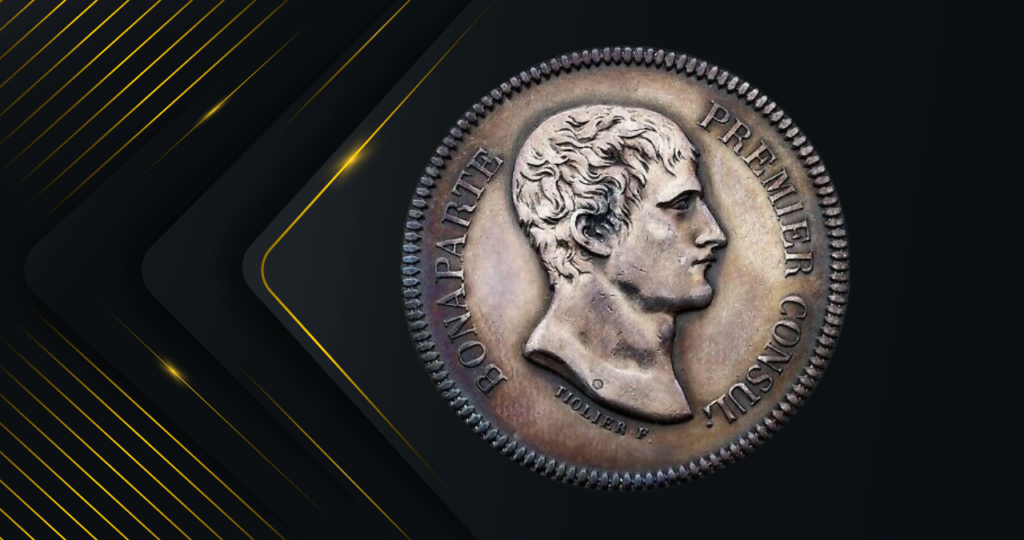
During Napoleon’s rule, the 5 Francs coin standardized the French monetary system. It became the basis for the decimal system in France and influenced other European countries’ currencies. This coin helped modernize France’s economy and became a symbol of Napoleon’s reforms.
12. George III Sovereign (UK, 1817)
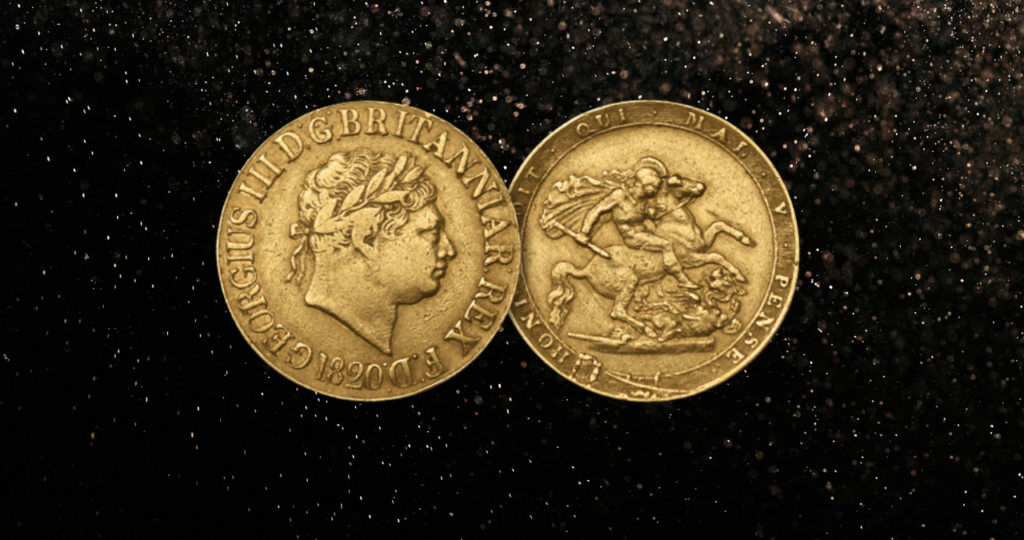
The George III Sovereign was crucial in establishing the British gold standard. This coin was widely used throughout the British Empire, becoming a trusted medium of exchange in global trade. Its consistency in gold content made it one of the most important coins in history.
13. United States Silver Dollar (USA, 1794)
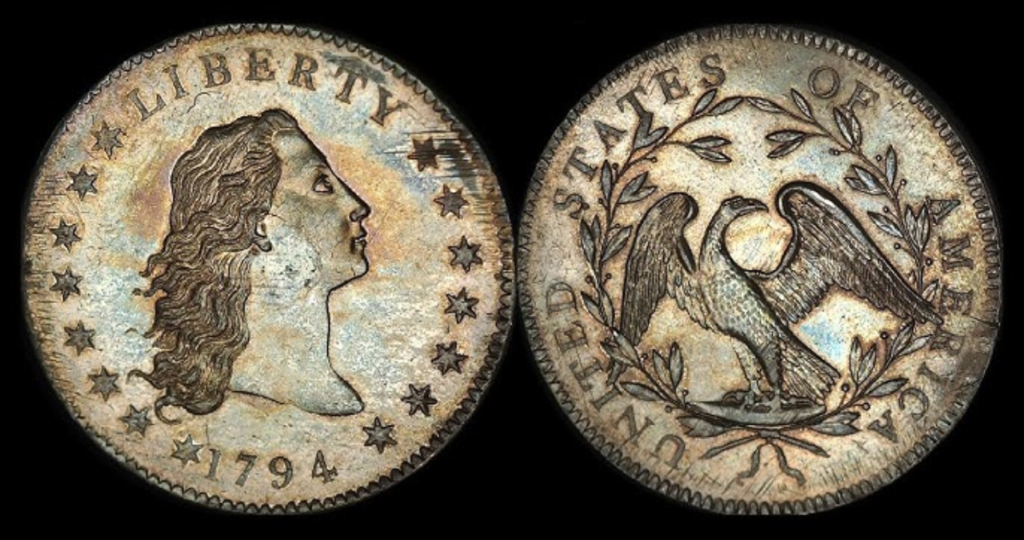
As the first dollar coin minted in the United States, this coin marked the beginning of the U.S. monetary system. With Lady Liberty on the front and an eagle on the back, it symbolized the nation’s values of freedom and independence. The 1794 Silver Dollar is a cornerstone of American numismatic history.
14. United States Trade Dollar (USA, 1873-1878)

This coin was created to facilitate trade with Asia, particularly China. Although it was short-lived, the Trade Dollar played a significant role in expanding U.S. influence in global markets. It represented America’s growing economic ambitions and efforts to compete on the world stage.
The 1929-D Lincoln Cent: Discover Why Collectors are Going Crazy Over This Coin!
15. United States Morgan Dollar (USA, 1886)

The Morgan Dollar is one of the most famous American coins, symbolizing the country’s economic recovery after the Civil War. It became a symbol of prosperity during the Gilded Age and remains a popular coin among collectors today.

